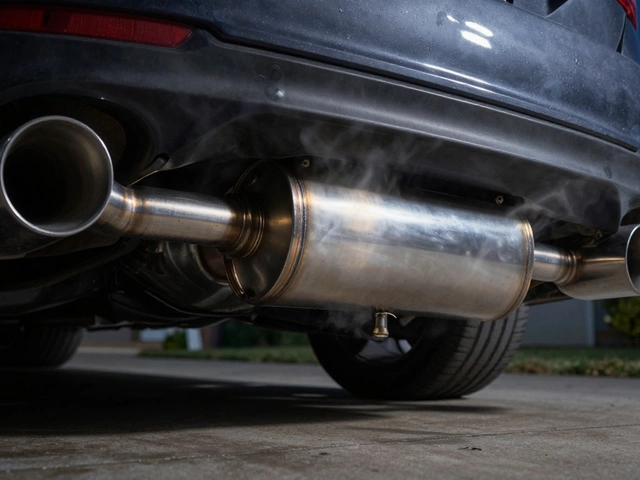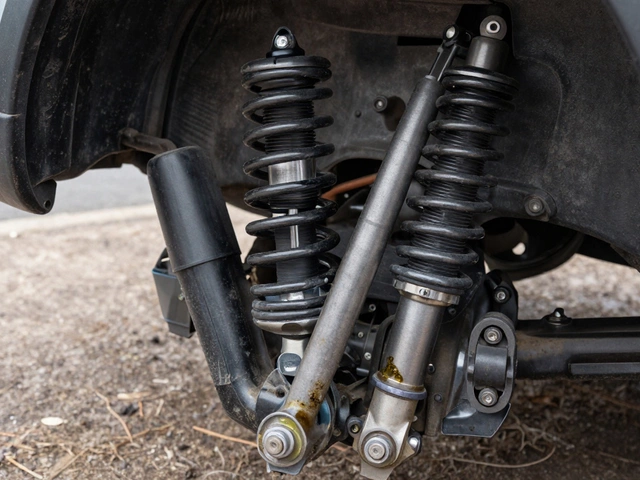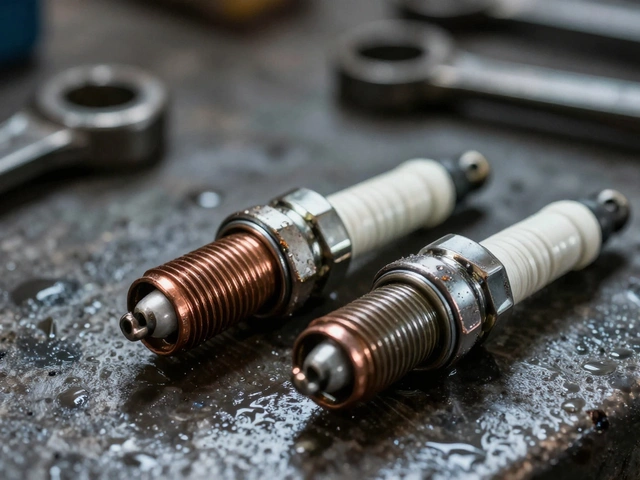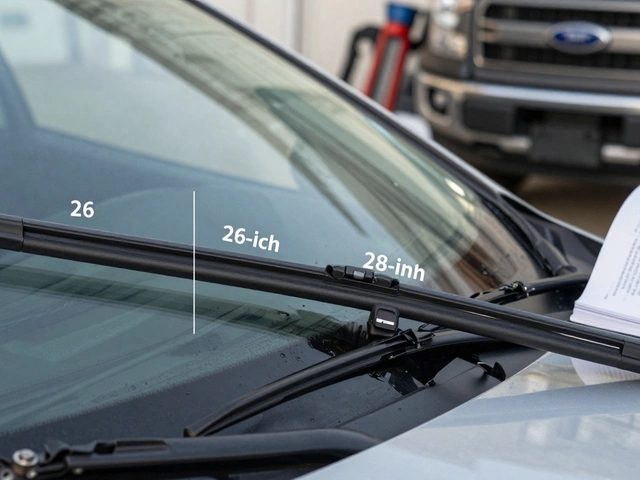Car Upgrade: Simple Mods That Actually Make a Difference
When people talk about a car upgrade, any modification made to improve a vehicle’s performance, sound, safety, or efficiency. Also known as car modification, it doesn’t have to mean a full rebuild—sometimes it’s just swapping out one part for something better. Too many drivers think upgrades mean big bucks and loud exhausts, but the real wins come from smart, practical changes that fix problems you didn’t even know you had.
A good exhaust system, the pathway that moves exhaust gases out of the engine, affecting both sound and power. Also known as performance exhaust, it’s one of the most common upgrades because it’s visible, audible, and actually works. A better exhaust doesn’t just make your car sound mean—it can help the engine breathe easier, which means more power and better fuel economy. But it’s not just about noise. If your exhaust is rusted or clogged, it’s dragging your car down, even if you don’t feel it.
Then there’s the brake rotors, the metal discs that brake pads clamp onto to stop your car. Also known as disc brakes, they wear out over time, and ignoring them is like driving with worn-out tires—scary and expensive in the long run. Replacing worn rotors isn’t flashy, but it’s one of the safest upgrades you can make. Same goes for shock absorbers, the parts that keep your tires on the road over bumps and turns. Also known as suspension shocks, they’re often overlooked until your car feels loose or bouncy. Bad shocks don’t just ruin your ride—they make braking longer and steering less precise, especially in wet weather.
And then there’s the quiet hero: the fuel pump, the component that pushes gasoline from the tank to the engine. Also known as fuel delivery system, it’s hidden under your car, but when it fails, your car won’t start. Upgrading to a stronger pump isn’t about speed—it’s about reliability. If your car hesitates on the highway or struggles to start when it’s hot, your fuel pump might be on its last legs.
Most car upgrades aren’t about power or looks. They’re about fixing what’s broken before it breaks worse. A new set of brake rotors, fresh shocks, a better exhaust, or a reliable fuel pump—all of these are upgrades that don’t just make your car feel better, they make it safer and last longer. You don’t need a turbocharger or carbon fiber to get real value. Just know what matters, spot the signs early, and replace before it costs you more.
Below, you’ll find real, no-fluff guides on exactly these parts—what to look for, when to replace them, and how to tell if you’re being sold something you don’t need. No hype. Just what works.





